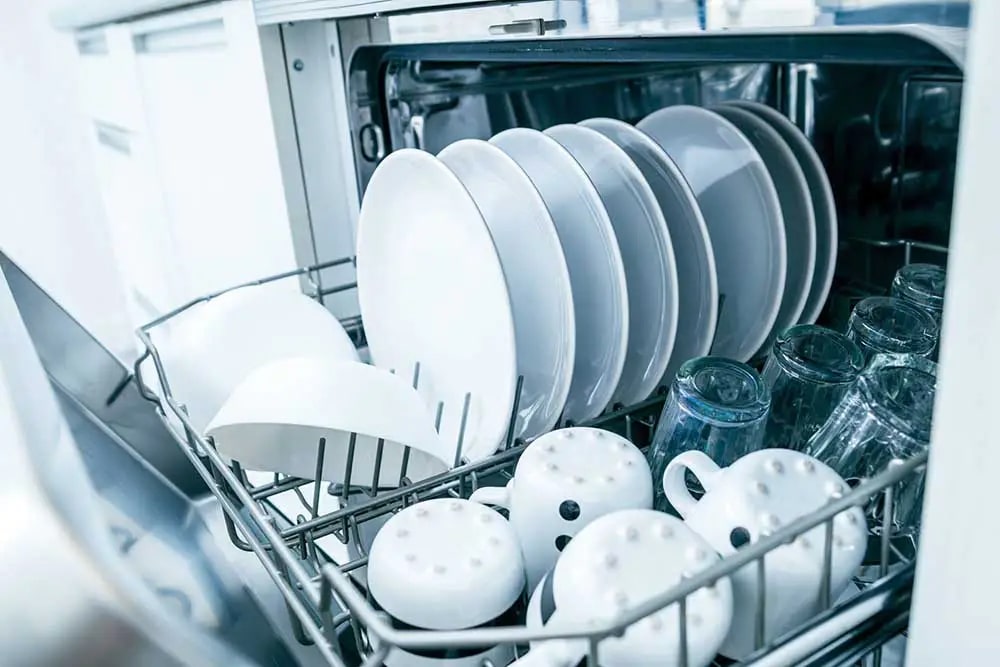539
If your dishwasher does not start, different problems can be responsible for this. Depending on the error message, you should take different action.
Dishwasher won’t start: Feed problems
Newer appliances alert you to faults with warning signals such as beeping or flashing. If you are unable to solve the problem via these or if you have an older dishwasher, we will first clarify here whether the cause lies outside the appliance. Remember to remove the fuse during all repair attempts.
- Check if the socket is still supplying power to the dishwasher. Try another one as a test. Also check if the water tap is turned on sufficiently.
- As long as the dishwasher does not start because no water comes into the appliance through the inlet, you should examine the associated hose. Turn off the water and have a bucket and towels ready. It is possible that the remaining water is leaking out of the hose. Also check that your dishwasher is properly connected.
- Remove the hose from the tap connection first. If you notice obvious dirt such as limescale, you should remove it with a lint-free cloth and cleaning agent containing vinegar. More often, the problem lies with the hose connection attached to the dishwasher. Residues can accumulate here in the strainer, preventing the dishwasher from being supplied with water. Clean this access as well and reconnect the hose to the connections. Make sure that the hose is not kinked.
- If you start the appliance again and find that water still does not enter, you can try putting a bucket of water in before the rinse cycle. If the dishwasher works with this, you can either change the hose or ask a professional.
Water pressure problems may be to blame
If your water line does not supply the required water pressure or supplies irregular water pressure, the dishwasher will not start.
- This problem occurs mainly in old buildings. Measure the water pressure and compare it with the instructions in the user manual of your dishwasher.
- If you are not a handyman, you should have the water pressure adjusted by a professional.
Detect problems on the unit: Solutions to possible problems
If you can be sure that your dishwasher is getting enough water as well as pressure, find the cause on the appliance itself.
- Reset button: Some dishwashers have a reset function. If your dishwasher includes such an option, you should start it.
- Clean the sieves: Depending on the machine, you may be able to unscrew and clean individual sieves inside the machine. It is possible that a blockage is causing the malfunction.
- Electronics: With the exact model number, see if other owners have similar problems. Particularly inexpensive units have faults in the electronics after just a few years, with the repair cost exceeding the new price.
- Rinse arm: Check whether the rinse arm can turn or whether the path is blocked by dishes.
- Programmes: See if you can start other programmes. Also top up the dishwasher salt. This is especially important if the water contains lime.
- If you still have a warranty on the dishwasher, you should contact the manufacturer.
